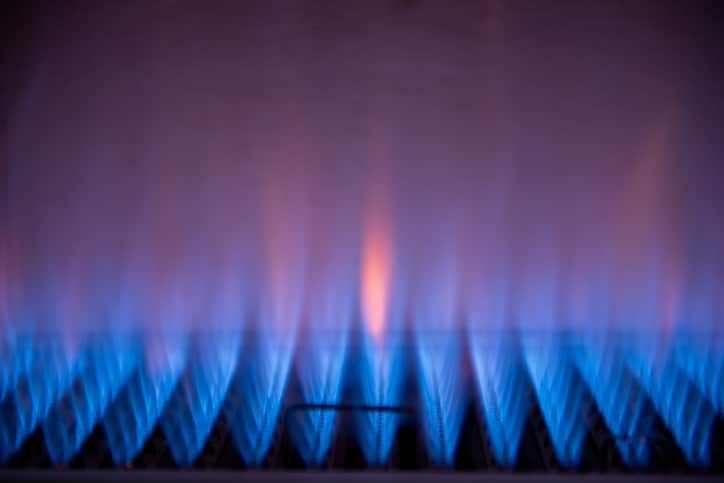
The flame sensor plays an important role in the safe operation of a gas furnace. Most newer furnaces don’t utilize the old-fashioned pilot light flame to ignite the gas burner. Instead, when the thermostat opens the main gas valve to the burner, the burner is lit by an electronic igniter. But suppose the furnace igniter fails and no flame is present, resulting in dangerous gas leakage into the house.
That’s where this critical sensor plays a part. It senses the burner flame and allows the gas valve to continue feeding gas to the burner. Conversely, if no burner flame is detected, the flow of gas is automatically shut off.
Sensing the Flame
The system works like this:
- The flame sensor consists of a rod that extends into the main burner flame. This rod conducts a small electrical current.
- In normal furnace operation, the thermostat signals for heat and the gas valve opens. The igniter lights the burner flame and heats the sensor rod, producing changes in electrical current flowing through the rod. These voltage changes indicate that the burner is lit and the furnace is operating normally and safely.
- However, if no change occurs in the electrical current or if the voltage reading does not meet standards, this indicates no burner flame. In that case, the system sensor immediately shuts off gas flow to the burner.
When Good Flame Sensors Go Bad
Over time, a furnace flame sensor may begin to generate false readings, causing the furnace to rapidly shut down after startup even though the burner flame is present. This may be due to a cracked or broken sensor rod, an electrical short, or a sensor that is dislodged and no longer contacts the burner flame. The most common cause is coating with carbon residue from the combustion process. A qualified HVAC technician can check voltage readings produced by the sensor and, if a problem exists, quickly replace the sensor or, in some cases, simply clean it to restore proper function.
For professional service to resolve flame-sensor issues, contact the heating experts at Jackson & Sons.

